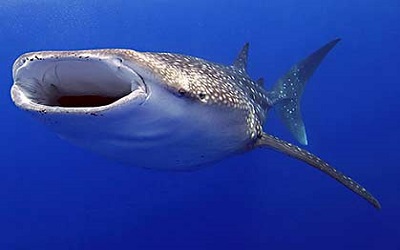随着PTE考生对PTE口语和PTE听力的重视,大家口语和听力的分数得到极大提高,但是PTE阅读渐渐成为考生们新的难题。墨尔本悉尼文波PTE特别为PTE考生们挑选了适合练习PTE阅读的文章,主题,内容,长度都与PTE阅读题中的文章相似。激活学过的词汇,更新新的词汇,提高阅读速度,全面提升自己的阅读能力。
From Peter Benchley’s JAWS to the dreck that regularly bobs up to the surface of basic cable TV, we can’t seem to resist invoking the specter of a shark so large that it could easily engulf a person without a drop of blood spilled into the sea.
Despite our fascination with this enormous, extinct relative of today’s great white shark, though, there’s still a great deal we don’t know about the life and death of the biggest shark that ever lived. For starters, we still don’t know why the last of the megatooths died over 2.5 million years ago.
In the entire history of cartilaginous fish, Otodus megalodon was a huge success story. And that’s not just because of the predator’s size and inferred ferocity. This species patrolled the coasts of the Atlantic, Pacific, and Indian Oceans for about 20 million years. Few creatures can claim such a record. And that only makes the disappearance of the shark all the more puzzling.
Changes brought on by a cooling climate have been the focus of the traditional explanation for the monstrous shark’s demise. O. megalodonhas often been thought of as a warm-water hunter, and so, the argument goes, as sea temperatures dipped at the end of the Pliocene the whales, seals, and other fatty mammals the shark relied upon migrated to chilled seas where the shark couldn’t follow. The pitiful selachian was simply left behind as cetaceans spouted off for the poles.
dreck: n. 〈俚〉废物,垃圾
bob up: 突然出现
specter: n. 鬼怪,幽灵
engulf: vt. 吞没;狼吞虎咽
cartilaginous: adj. 软骨的
ferocity: n. 凶猛;残忍;暴行
patrol: n./v. 巡逻
monstrous: adj. 极可恶的;令人震惊的
demise: n. 死
Pliocene: n. 上新世,上新世的
selachian: n. 软骨鱼
cetaceans: adj. 鲸鱼的/ n. 鲸鱼;鲸类动物





